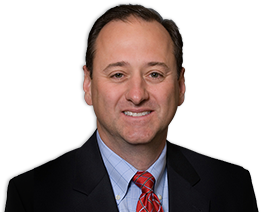Cervical/Lumbar Traction
Cervical/lumbar traction is a therapy that stretches the spine to relieve pressure on compressed nerves and stretch tight muscles, to treat back and neck pain. It may also be used for realigning the spine in cases of dislocation. Traction may be performed manually or mechanically (with the use of weights and pulleys).
Excessive pressure on the spine from injury or stress may cause discs present between the vertebrae to herniate. Nerves exiting and entering the spine may become compressed by these herniated discs. Traction or spinal decompression therapy separates the vertebrae, reducing pressure, which may reverse disc herniation, facilitate uptake of healing nutrients into the disc, stretch muscles that have tightened because of spasm, and realign the spine. It is helpful for treating painful conditions such as osteoarthritis, herniated discs, bone spurs, sciatica, pinched nerves and degenerative disc disease.
During cervical (neck) spine traction, steady or intermittent force is applied to the neck manually or mechanically. The manner of traction, how much force is used, and how long you should remain in traction, depends on your condition.
During lumbar (lower back) spine traction, you lie on a motorized table. A harness is fastened around your hips. The upper half of the table is fixed, while the lower half of the table slides back and forth producing traction.
Traction may include 15-30 sessions, spread over a 4-6-week period.
Traction is not recommended when the structure of the spine is compromised such as in osteoporosis, tumors or cervical rheumatoid arthritis.











